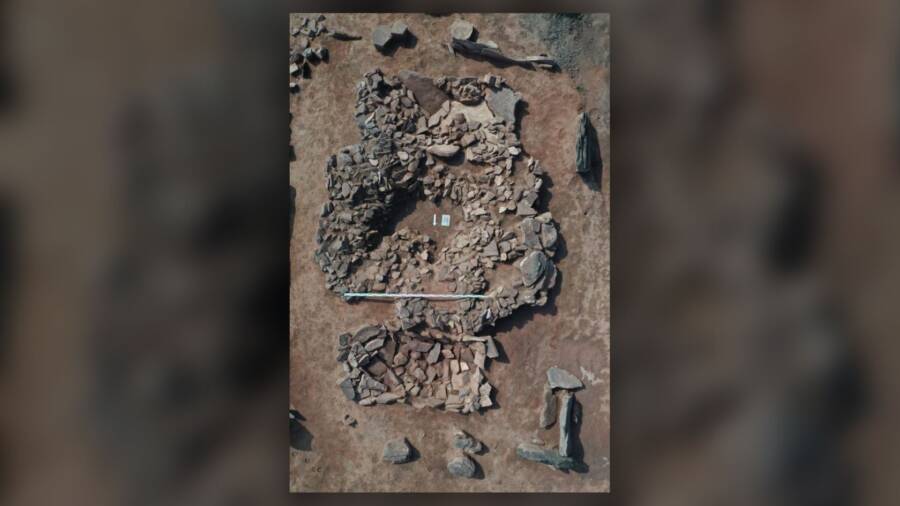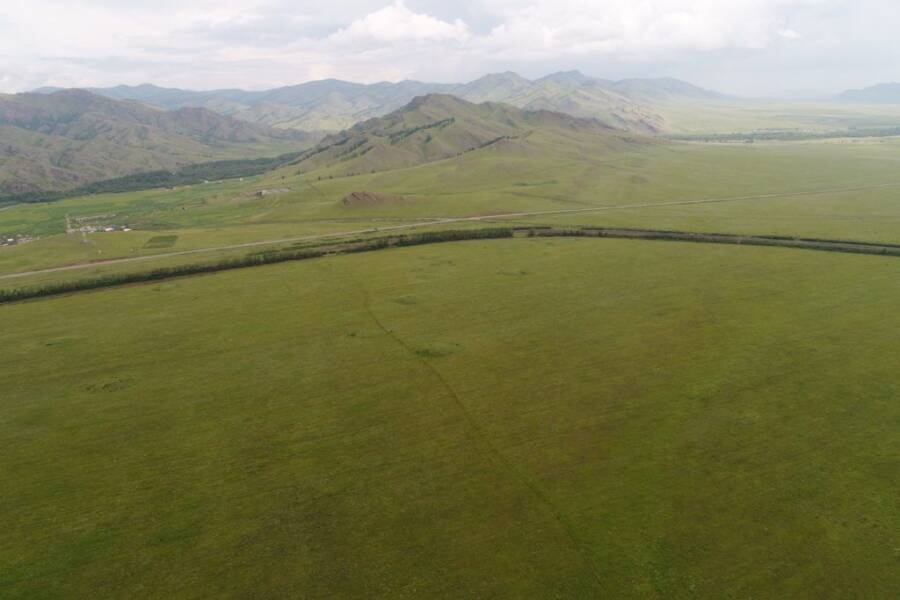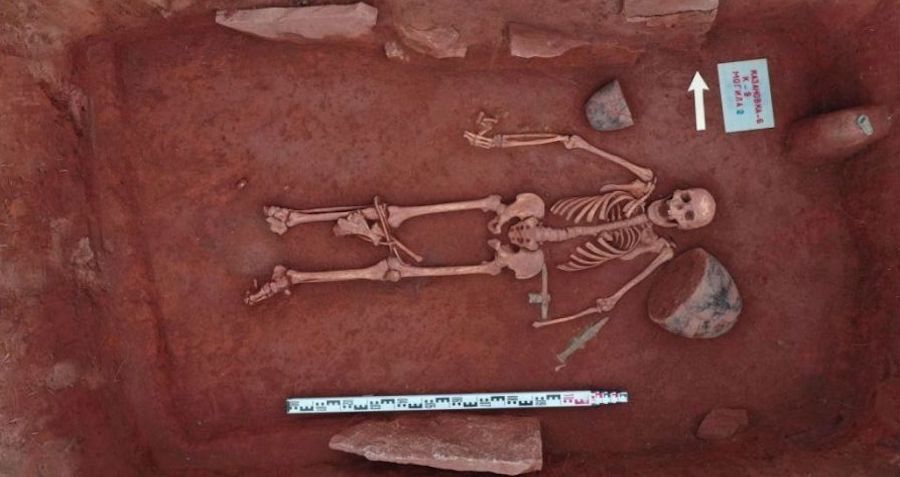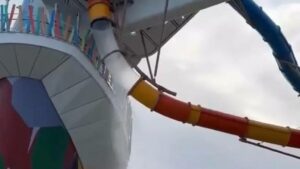Ancient Siberian Grave Reveals Mysterious Warrior Family, Raising Questions About Their Untold Story
Analysis of the remains of the male and female warrior couple showed that they likely died in their 30s or 40s. Placed on their backs, each person had large ceramic vessels next to them. While the man had two bronze daggers and two axes by his side, the woman had one of each.

Siberian Branch of the Russian Academy of SciencesLast year’s survey work showed that nine out of 10 newfound archaeological sites are directly in the railroad’s development zones.
Once again, a slight variation on typical Tagar burials met the experts. Tagarian women being buried with weapons has been a common encounter, but not of this sort. In the past, they were typically long-range weapons like arrowheads — whereas these are meant for combat in close quarters.
“The remains of a newborn baby, no more than a month old, were also found in the burial, but fragments of its skeleton were scattered throughout the grave, possibly as a result of the activity of rodents,” said Olga Batanina, an anthropologist at the Paleodata laboratory of natural scientific methods in archaeology.
As for the older woman, she was buried on her right side with knees bent by the couple’s feet. While forthcoming DNA analysis should confirm whether or not these people were related, researchers estimate that the elder individual was around 60 years old.

Siberian Branch of the Russian Academy of SciencesThe site was found in southern Khakassia, Siberia, at the foot of Mount Aar-tag.
The fortuitous discovery is certainly cause for celebration at the Russian Academy of Sciences, though it isn’t the only one. Survey work in preparation of the railroad project last year revealed that there are at least 10 archaeological sites nearby, with nine directly in the way of development zones.












